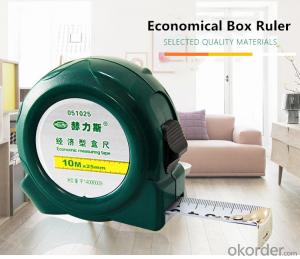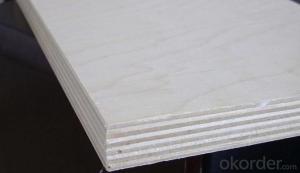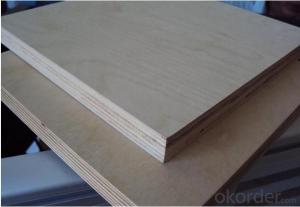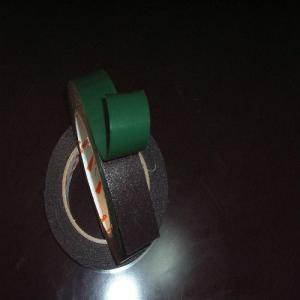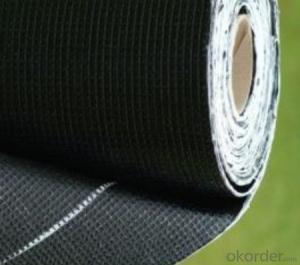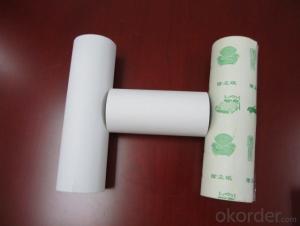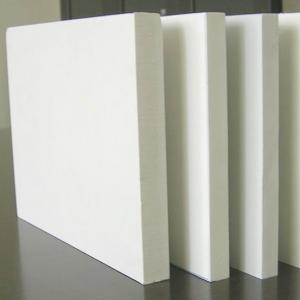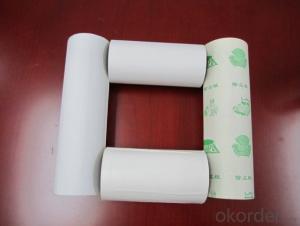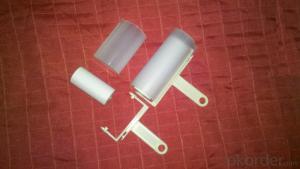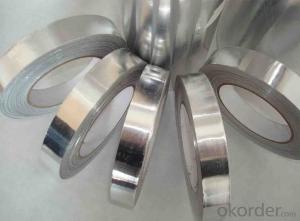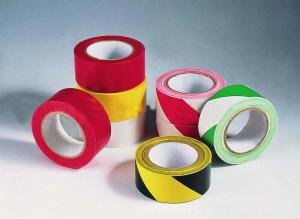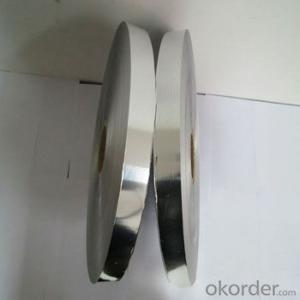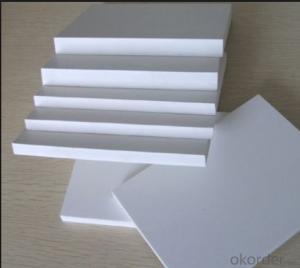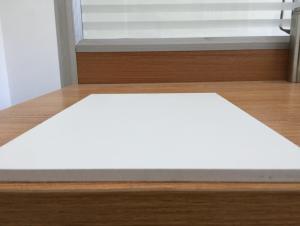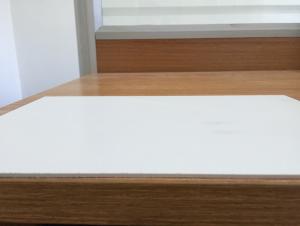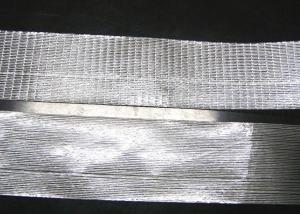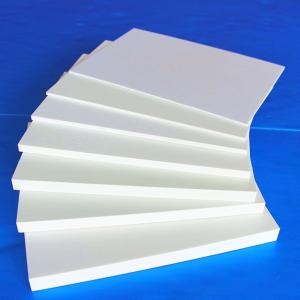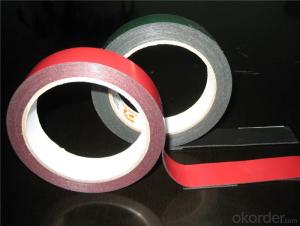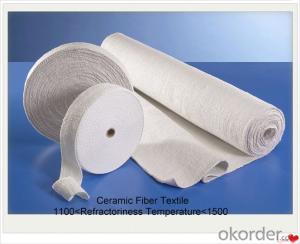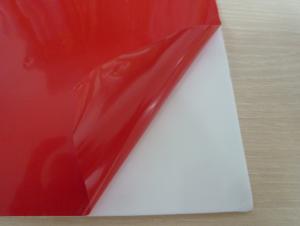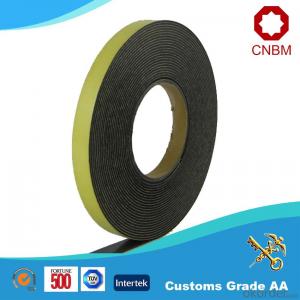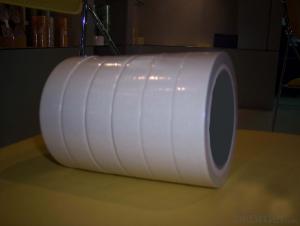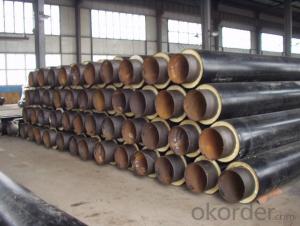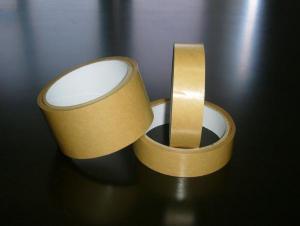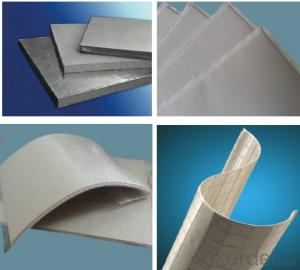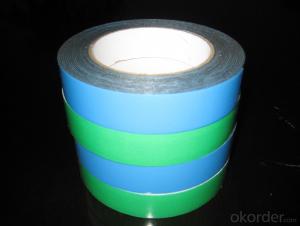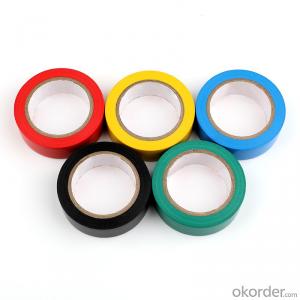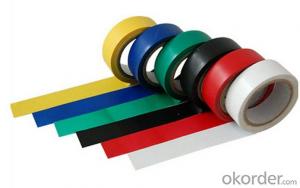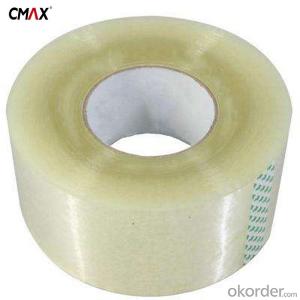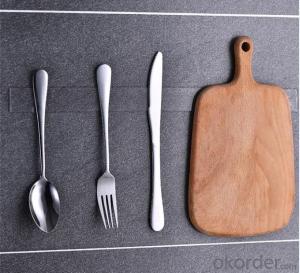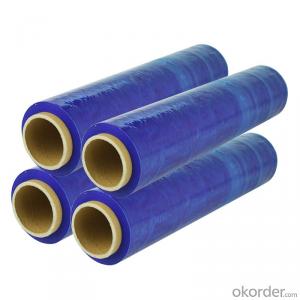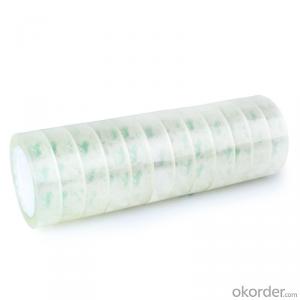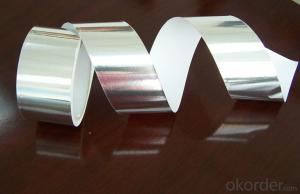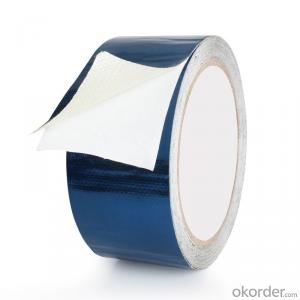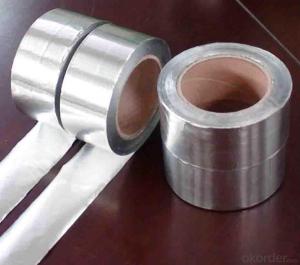Sticky Back Foam Tape
Sticky Back Foam Tape Related Searches
Led For Cannabis Growing Marketplace For Construction Materials Kst Values For Common Dusts Bedside Table With Light Light Fixture With Chain Plastic Storage Tubes With Caps Ge Dehumidifier With Pump Gas Furnace With Ac Teal Accent Chair With Arms Nightstand Lamp With UsbHot Searches
Cheap High Tea Sets For Sale Portable Led Signs For Sale Stone Hot Water Bottles For Sale Large Led Screens For Sale H4 Led Headlight Bulbs For Sale Air Pump For Aquarium Price Inverter Size For Solar System Solar Thermal Collectors For Sale Used Finger Joint Machine For Sale Used Foam Board Insulation For Sale Aluminum Dock Plate For Sale Aluminum Plate For Sale Near Me Solar Chips For Sale Solar Controllers For Sale Pipe Staging For Sale Aluminum Stock For Sale Near Me 6 3 Electrical Wire For Sale Aluminum Towers For Sale 6 3 Wire For Sale Bbq Machine For SaleSticky Back Foam Tape Supplier & Manufacturer from China
Okorder.com is a professional Sticky Back Foam Tape supplier & manufacturer, offers integrated one-stop services including real-time quoting and online cargo tracking. We are funded by CNBM Group, a Fortune 500 enterprise and the largest Sticky Back Foam Tape firm in China.Hot Products
FAQ
- To prevent packaging tape from wrinkling, there are a few things you can do: 1. Use a tape dispenser: A tape dispenser helps ensure a smooth application of tape, reducing the chances of it wrinkling. It also provides better control while taping, making it easier to keep the tape straight and tight. 2. Apply the tape with tension: When applying the tape, pull it tightly as you stick it down. This helps prevent any slack or loose areas that could cause wrinkling. Be careful not to stretch the tape too much, as it may lose its adhesive properties. 3. Use the right type of tape: Different types of packaging tape have different adhesive properties and thicknesses. Choosing a high-quality tape specifically designed for packaging can help minimize wrinkling. Additionally, consider using a tape with reinforced fibers for added strength and resistance to wrinkling. 4. Ensure a clean surface: Before applying the tape, make sure the surface is free from dust, dirt, or any other debris. These particles can cause the tape to wrinkle or not adhere properly. Clean the surface thoroughly and dry it before taping. 5. Avoid extreme temperatures: Packaging tape can be sensitive to temperature changes, which may lead to wrinkling. Avoid using the tape in extremely cold or hot environments. If possible, store the tape in a controlled temperature area before use. 6. Apply pressure: After applying the tape, run your hand or a roller over it to ensure good adhesion. This helps smoothen out any potential wrinkles or bubbles and ensures that the tape is securely attached. By following these tips, you can significantly reduce the chances of packaging tape wrinkling, resulting in a neater and more secure package.
- Yes, packaging tape is generally safe to use on plastic outdoor furniture. Packaging tape is designed to adhere to various surfaces, including plastic. However, it is important to consider a few factors before using packaging tape on your outdoor furniture. Firstly, ensure that the plastic surface is clean and free from any dirt or debris. This will help the tape to adhere better and prevent any damage to the furniture. Additionally, make sure that the tape is applied evenly and firmly to avoid any peeling or lifting. It is also important to keep in mind that packaging tape is not specifically designed for long-term outdoor use. While it can be effective in temporarily securing items or protecting surfaces, it may not withstand prolonged exposure to harsh weather conditions or UV rays. Over time, the tape may deteriorate or leave behind sticky residue on the plastic furniture. If you require a more durable and weather-resistant solution, it is recommended to use specific outdoor adhesives or tapes that are designed for this purpose. These products are typically made with materials that can withstand outdoor elements and are better suited for long-term use on plastic outdoor furniture.
- Yes, packaging tape can be used for sealing wooden crates. It provides a strong and secure seal to keep the contents of the crate safe during transportation or storage.
- Yes, packaging tape can be used for sealing construction or building materials, but it may not provide the same level of durability and longevity as specialized tapes designed for such purposes.
- Yes, packaging tape is generally heat resistant. Most packaging tapes are made from materials such as polypropylene or acrylic, which have high melting points and are able to withstand high temperatures. This heat resistance makes packaging tape suitable for various applications, including sealing boxes and packages that may be subjected to heat during transportation or storage. However, it is important to note that the specific heat resistance of packaging tape may vary depending on the brand and quality of the tape. Therefore, it is recommended to check the product specifications or consult with the manufacturer to ensure that the packaging tape is suitable for the intended use and temperature conditions.
- Reinforced packaging tape offers numerous advantages. To begin with, it is specifically designed to provide greater strength and durability compared to regular tape. By incorporating a layer of robust fiberglass or nylon threads into the tape, it significantly enhances its resistance to tearing and breaking. This added strength makes it perfect for securely sealing heavy or bulky packages, guaranteeing their integrity during transportation or storage. Furthermore, reinforced packaging tape adds an extra layer of security to your shipments. The presence of reinforced fibers within the tape makes it much more challenging to tamper with or remove without detection. This serves as a deterrent against theft or unauthorized access, ensuring that your packages reach their destination safely and intact. Moreover, reinforced packaging tape boasts exceptional adhesive properties. It securely adheres to various surfaces, including cardboard, plastic, and other commonly used packaging materials. This strong adhesion ensures that the tape remains firmly in place and does not easily peel off, even under demanding conditions like extreme temperatures or rough handling during shipping. Additionally, reinforced packaging tape often possesses water-resistant or even waterproof qualities. This is particularly crucial when packages are exposed to moisture or unfavorable weather conditions. The tape's resistance to water helps shield the contents of your packages from potential damage caused by water or humidity. Lastly, the utilization of reinforced packaging tape can lead to cost savings and waste reduction. Its exceptional strength and durability allow you to use less tape to secure your packages, resulting in fewer tape rolls being used and less waste generated. Over time, this can lead to substantial cost savings and contribute to a more sustainable packaging process. In conclusion, the utilization of reinforced packaging tape offers a range of benefits, including increased strength, enhanced security, strong adhesion, water resistance, and potential cost savings. By investing in high-quality reinforced tape, you can ensure the reliable protection of your packages during transit, providing both you and your customers with peace of mind.
- Yes, packaging tape can be used for sealing plastic clamshell packaging. It provides a strong and secure seal to keep the contents of the packaging safe and protected.
- Packaging tape is not recommended for sealing chemical or hazardous material containers. This is because packaging tape typically does not have the necessary properties to effectively contain and prevent leakage of these substances. Chemical or hazardous materials often require specialized containers and sealing methods to ensure safety and compliance with regulations. These containers are designed to withstand the corrosive or reactive nature of the substances they hold, and their seals are engineered to provide a secure and leak-proof closure. Using packaging tape to seal chemical or hazardous material containers can pose risks such as leakage, contamination, and exposure to harmful substances. It may not provide a reliable barrier against leaks or spills, which could result in accidents, injuries, or environmental damage. To properly seal chemical or hazardous material containers, it is recommended to use specific sealing materials that are designed for these purposes. This may include specialized caps, gaskets, or seals that are compatible with the particular substance being contained. Additionally, it is crucial to follow the guidelines and regulations provided by relevant authorities for the safe handling, storage, and transportation of these materials.

